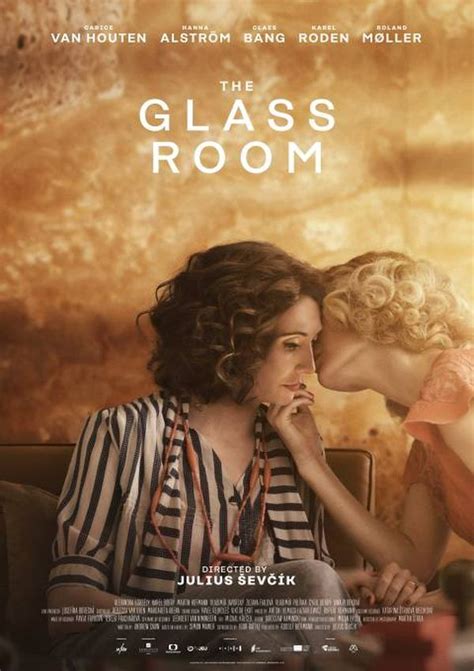The Glass Room
directed by: Julius Sevcik, year: 2018
actors: Carice van Houten, Hanna Alström, Claes Bang, Alexandra Borbély
actors: Carice van Houten, Hanna Alström, Claes Bang, Alexandra Borbély

Description:
The Glass Room is a 2018 drama film directed by Julius Sevcik. Set in the years before and after World War II, the movie follows the lives intertwined with a modernist house built by a wealthy couple in Czechoslovakia. The Glass Room explores themes of love, loss, and the impact of history on personal lives. The house, a masterpiece of architecture, stands as a silent witness to the tumultuous events and the passions of its residents, becoming an enduring symbol of beauty and resilience.Keywords:
Architecture, Infidelity, War, Identity, ArtIs The Glass Room based on a true story?
Yes, "The Glass Room" is based on a true story. The film is inspired by the novel of the same name by Simon Mawer, which itself is based on the real-life Villa Tugendhat in Brno, Czech Republic. This modernist house, designed by architect Mies van der Rohe, has historical significance and reflects themes of love, loss, and the impact of World War II on personal lives. The narrative explores the lives of a couple who inhabit the villa, intertwining their story with the tumultuous events of the era.
What is The Glass Room movie about?
"The Glass Room" is a drama film based on Simon Mawer's novel of the same name. It follows the story of a married couple, Liesel and Viktor Landauer, who build a modernist house in 1920s Czechoslovakia, featuring a stunning glass room that symbolizes their open-mindedness and progressive ideals. However, their lives are profoundly affected by the rise of Nazism and the subsequent war, leading to personal and emotional turmoil. The film explores themes of love, loss, and the impact of history on personal lives, set against the backdrop of a changing Europe.
Is The Glass Room worth watching?
"The Glass Room," directed by Julius Ševčík, is a visually striking film based on Simon Mawer's novel, exploring themes of love, loss, and the impact of architecture on human experience. Set against the backdrop of World War II, it tells the story of a couple whose lives are intertwined with a modernist house in Czechoslovakia. The film features strong performances and a poignant narrative, but responses have been mixed, with some praising its aesthetics while others find it slow-paced. If you appreciate art-house cinema and historical dramas, it may be worth watching.
Where was The Glass Room filmed?
"The Glass Room" was filmed primarily in the Czech Republic, particularly in Prague and the surrounding areas. The film showcases various locations that reflect the architectural and historical significance of the story, which is based on Simon Mawer's novel. The key setting, the Villa Tugendhat, an iconic modernist building in Brno, also plays a central role in the narrative, highlighting its unique design and cultural importance.
Explore More Categories: